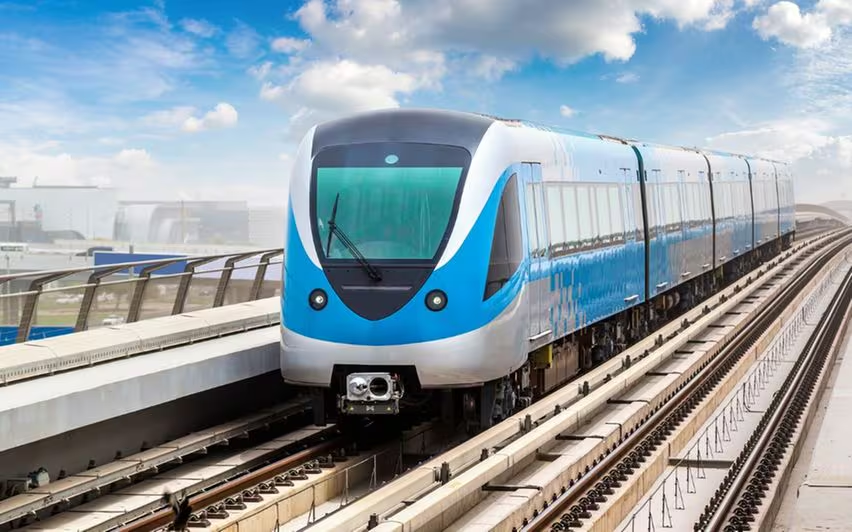The much-anticipated Thiruvananthapuram Metro project, crucial for addressing the city’s growing transportation woes, is experiencing significant delays. Despite the submission of a detailed report by Kochi Metro Rail Limited (KMRL) over a month ago, approval from the state government remains pending. This report, which evaluates the feasibility of different route alignments, is still under review by the finance department, leaving the entire project in a state of uncertainty.
The proposed Metro line is designed to connect Kazhakkoottam to East Fort, passing through key locations such as Sreekaryam and the Medical College Junction. However, key decisions, such as the inclusion of the Medical College Junction and the extent to which underground construction is required, are yet to be finalised. The report presented by KMRL includes recommendations for alignment, but the final approval is still awaited from the government. Biju Prabhakar, the officer overseeing the project, explained that the submitted report contains recommendations but not definitive decisions. Once the state government approves the report, the Delhi Metro Rail Corporation (DMRC) will be tasked with revising the Detailed Project Report (DPR). This will then proceed to the Cabinet for a final decision, with hopes that the process will be concluded within the current financial year.
The delays stem from the government’s request for an alternative alignment to increase ridership, as the initial route proposed by DMRC was found to be impractical due to the narrow width of the NH 66 median. This led to the decision to begin the Metro line at Kazhakkoottam, rather than Pallipuram, as originally planned. This shift reflects the complexities of urban planning, where practical challenges must often be reconciled with the broader vision for city development. Another factor contributing to the revision is the preservation of the city’s historical and cultural heritage. Elevated metro lines were deemed unsuitable for core areas like Statue and Palayam due to concerns about their potential disruption to heritage sites. In response, the government has proposed rerouting the Metro to pass through the Medical College Hospital, with the Metro yard being constructed at the Kariavattom University campus.
While these revisions may prolong the approval process, they reflect a commitment to creating a metro system that balances modern infrastructure needs with the preservation of Thiruvananthapuram’s cultural and environmental identity. This approach underscores the challenges of maintaining sustainability, both in terms of urban mobility and heritage conservation. The delays have led to mixed reactions from the public, with many residents of Thiruvananthapuram, who face daily traffic congestion, expressing frustration. The metro project was seen as a beacon of hope for alleviating the city’s chronic traffic woes, and the prolonged approval process has tested the patience of commuters. However, while the delays are understandable given the complexity of the project, they highlight the difficulties faced by cities as they strive to modernise their transport infrastructure without compromising the environment or heritage.
In the long term, the Thiruvananthapuram Metro, once completed, promises to be a transformative project for the city. Its success will not only improve urban mobility but will also set a precedent for how cities can navigate the delicate balance between modernisation and sustainability. The project’s thoughtful design, focused on minimising environmental and social impacts, reflects a future-ready approach to urban transport. For Thiruvananthapuram, this metro system could become a symbol of progress, making daily commuting more efficient while preserving the city’s rich cultural heritage. However, the public is hoping that these delays will soon be behind them, and the promise of a more accessible and sustainable transportation future will be realised sooner rather than later.







